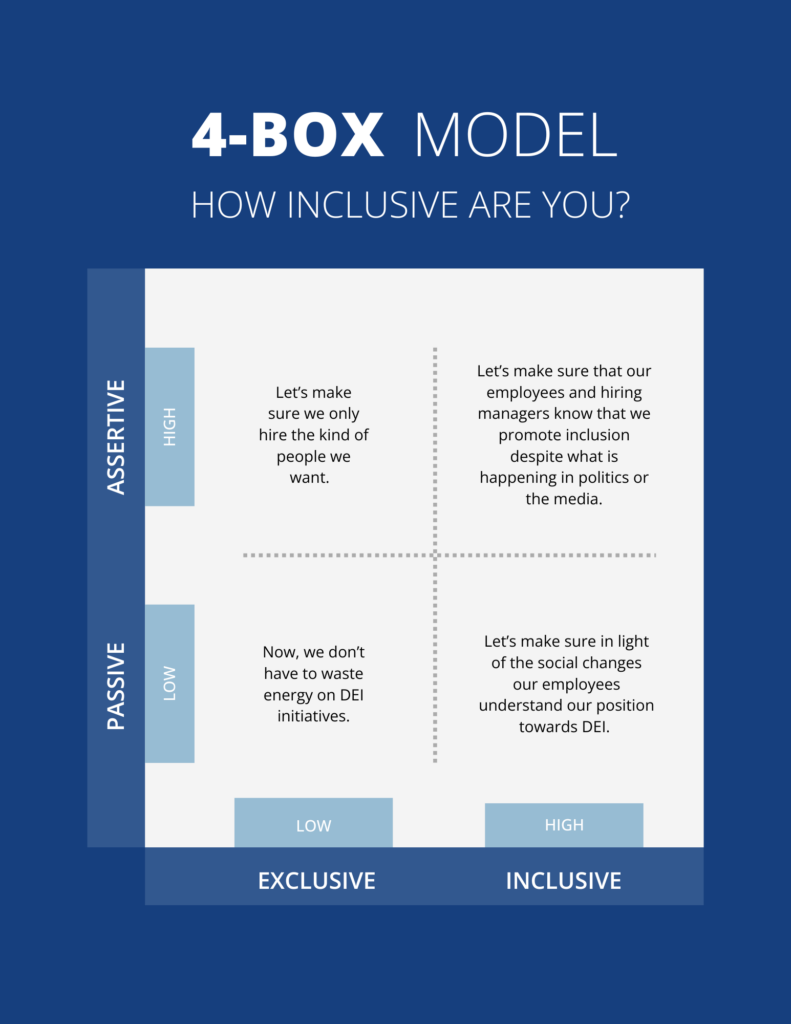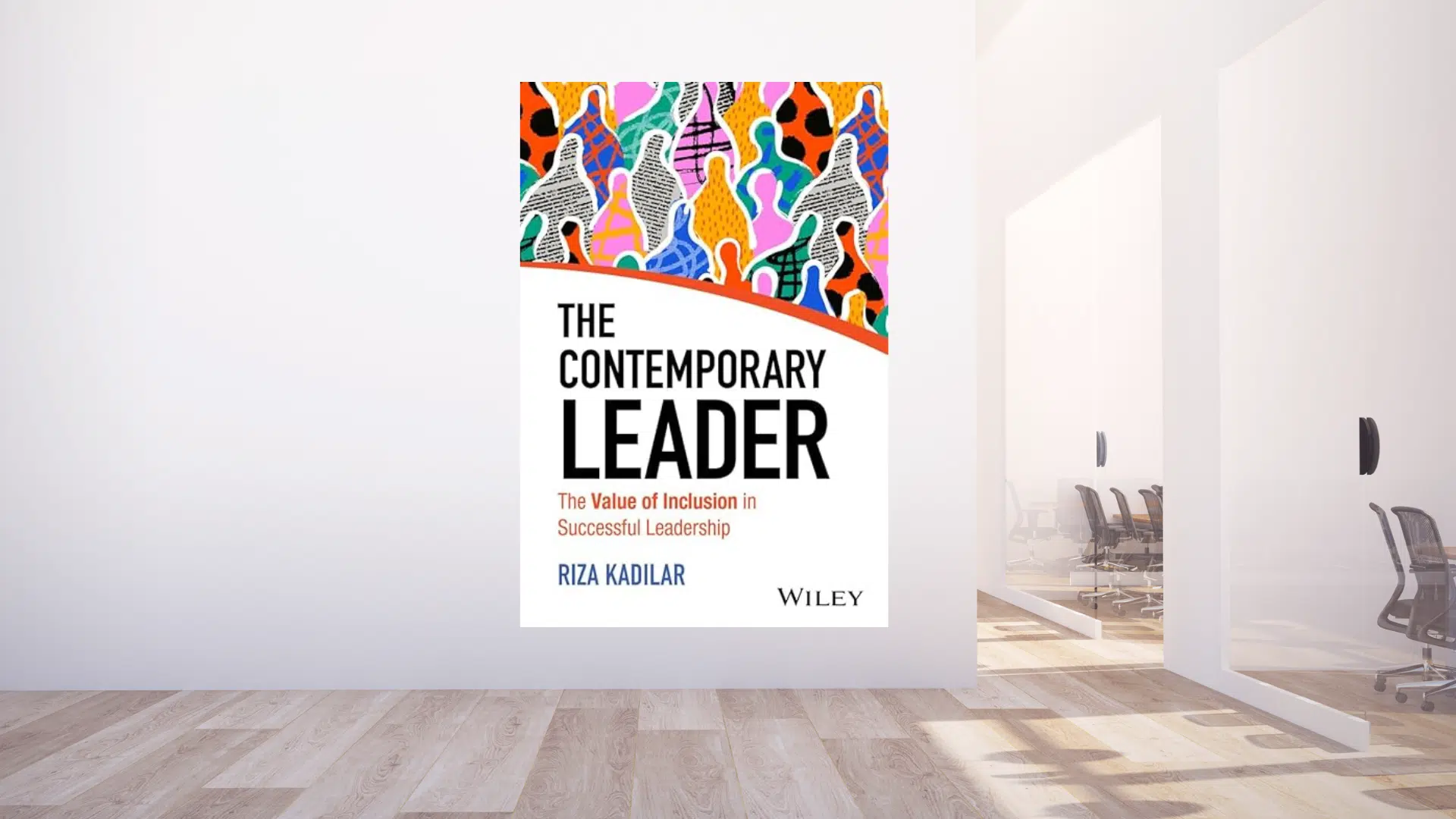
How to Stay the Course on Non-Discrimination in the Workplace
After the Trump administration’s first week, 39 executive orders were issued. There are key orders that impact the workplace, one of which was ensuring DEI programs are not discriminatory in giving preference or placement to individuals based on race or gender.
Craig Leen, the Office of Federal Contract Compliance Programs (OFCCP) Director during Trump’s first term, says dismantling DEI programs intends to strengthen and reinforce non-discriminatory practices. Existing anti-discrimination laws, such as Title VII of the Civil Rights Act, the Equal Pay Act, the Age Discrimination in Employment Act and the Americans with Disabilities Act, along with the obligations under the Vietnam Era Veterans Readjustment Assistance Act (VEVRAA) and Section 503 of the Rehabilitation Act remain intact. These laws continue to require affirmative action specific to employees who are veterans or are disabled.
Leen says in Trump’s last term, “Every year, we do about 1000 of these audits. The audits focused almost exclusively on race and gender, because that’s where the statistics were in EEO reports and that meant that 99% of the recoveries of OFCCP were in the race and gender area. Less than 1% were in the disability and veterans area.”
HR faces three challenges: remove any discriminatory practices in DEI, continue to promote equality in the workplace, and be prepared for strong feelings from employees and managers as it relates to these new initiatives.
The first step is to ensure you are controlling the narrative and reinstate the focus on non-discrimination. Language is often used politically to pit one side against the other on issues that we largely agree on. Leen believes it is wise to exclude the term “DEI” as that language is associated with affirmative action which can provoke strong emotions causing unnecessary reactions to what we all agree on, equality in the workplace. Don’t let language stand in the way of the message: non-discrimination matters. Most HRs agree, we need to continue to get measurable results to give minorities equal opportunity to advance based on merit.
Taking SHRM’s stance that it’s about “policy not politics” can help HR focus and steer the ship. This tactic is known as “keeping it on the board.” When there is a turmoil or conflict at work, an excellent strategy is to stay focused on the problem, not personality issues (or politics, in this case). Staying focused on the message of protection against non-discrimination is critical.
What if I have DEI programs?
The question is how to continue balancing the scales without affirmative action or “DEI” tactics. This can seem like a tall order, but you can use it as another opportunity to address the conversation about how discrimination plays out in the workplace.
Some reasons we arrived at the need to advance DEI initiatives in the first place are a product of deep-seated beliefs, or constructs that originated from conflicts dating back to the civil war. Racism is inherent in the makeup of the U.S. Accepting this helps us get closer to the solution too.
A significant portion of discrimination results from unconscious bias. The term unconscious bias describes the automatic associations we make without awareness. Most of us may not even know the decisions we are making because of these biases. We can operate blindly with bias clouding our judgement, never questioning where these ideals came from.
Unless your leadership can realize their contribution to the problem, it is difficult to determine the next steps towards a solution. A principal of ours at HRInsidr, is that 90% of change is awareness. HR can educate on non-discrimination by continuing to provide tools to help managers recognize where they fall on the scale of inclusivity.
The recommendation is to continue to bring these biases to the surface. Giving managers the awareness of how they make decisions and operate within your organization can help combat discrimination from the inside out.
We all lie on a spectrum of our beliefs of inclusivity or how likely we are to adopt forward-thinking initiatives. For example, with the advancement of President Trump’s initiative, Walmart is a corporation that may be more likely to resort to traditional ideals, throwing out diversity language in all training materials, while an organization like REI may push forward to keep their policies and enact new ones to ensure minorities are given equal opportunity that has not been afforded to them.
So how inclusive is your organization? Are you reactive or proactive? Do you tend to be forward leaning or return to old ideals when given the opportunity? Assessing your organization can help you determine how far your organization has to go when it comes to addressing inequality in the workplace.
As an HR leader, it’s important to assess where your organization and individual leaders currently sit on this scale in order to chart the path forward. Use this grid to help you and your leaders assess your current stance on the issue to seek out resources to help you move forward in the direction you want to go.
Resource:
Ask your leadership team to take this quiz by Korn Ferry: How Inclusive Are You?
The information contained in this site is provided for informational purposes only, and should not be construed as legal advice on any subject matter.

Advice in Your Inbox
Join our newsletter for free bi-monthly toolkits and downloads on how to hire, support, and retain your best talent.








